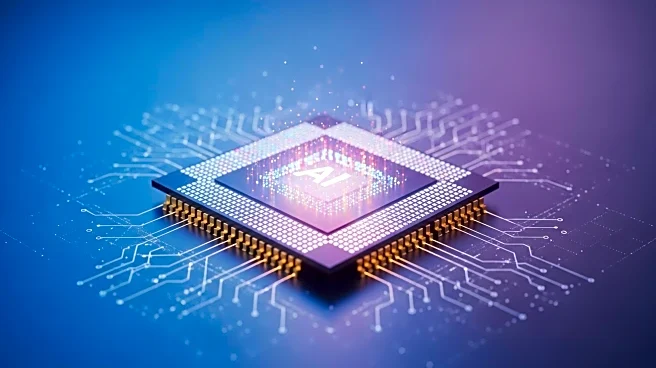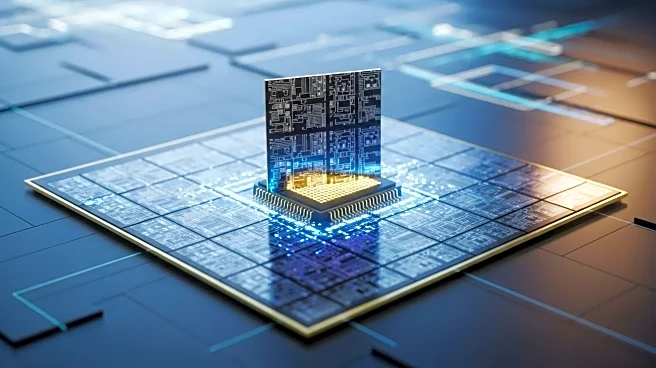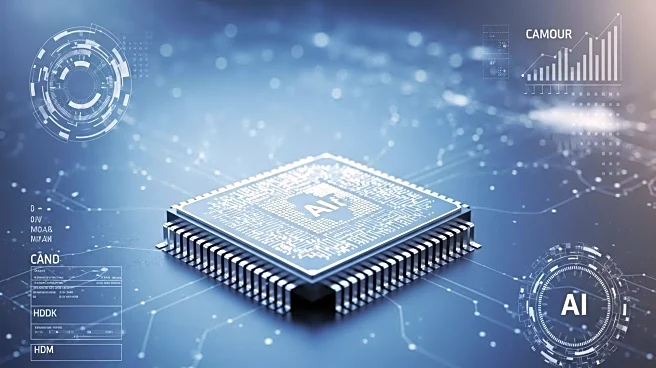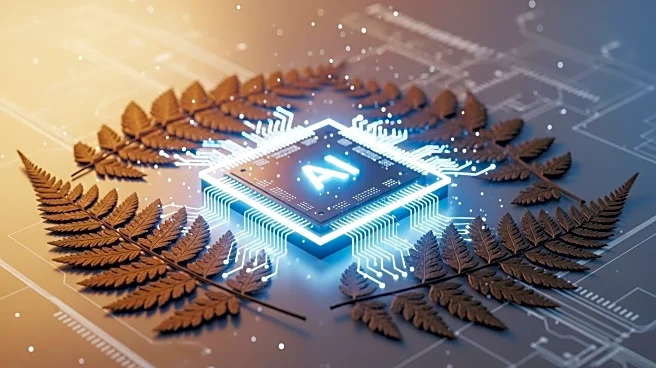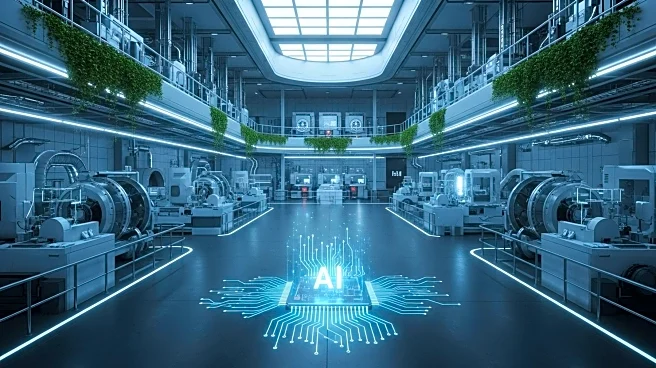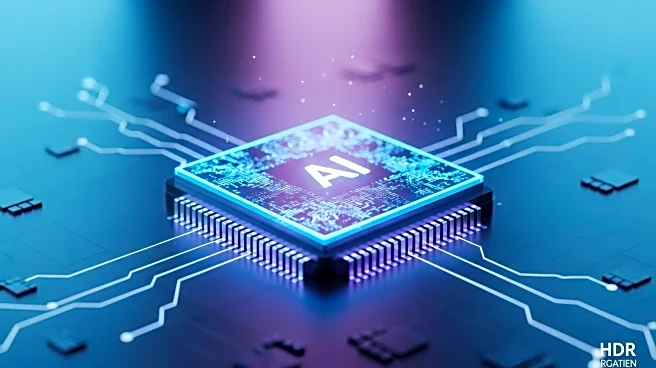What's Happening?
Recent developments in photonic computing have introduced a nonlinear optoelectronic engine that integrates photodetectors and micro-ring modulators (PD + MRM) to enhance computational efficiency. This engine is designed to perform nonlinear activation and signal relay, crucial for monolithic photonic processors. The technology is particularly significant for applications in optical Ising machines and optical recurrent neural networks (RNNs), which are essential for AI and optimization tasks. The PD + MRM unit's compactness and efficiency address longstanding challenges in photonic computing, offering a pathway to more versatile and scalable processors.
Why It's Important?
The advancement in photonic computing is critical as it addresses the limitations of traditional electronic architectures, which are increasingly strained by the demands of AI and complex optimization tasks. Photonic computing offers improved speed and energy efficiency by leveraging the properties of light, such as high bandwidth and low latency. This development could significantly impact data centers and edge computing, where power efficiency is crucial. The integration of photonic processors could lead to breakthroughs in AI and optimization, benefiting industries reliant on large-scale data processing.
What's Next?
The next steps involve overcoming challenges related to scaling the technology for practical applications. This includes addressing bandwidth limitations and system-level integration to handle real-world problems. Continued research and development are expected to focus on enhancing the speed and efficiency of the PD + MRM structure, potentially leading to broader adoption in various computational paradigms.
Beyond the Headlines
The integration of photonic computing could lead to a paradigm shift in how computational tasks are approached, potentially reducing the energy consumption and physical limitations associated with traditional computing. This could have long-term implications for the sustainability of data centers and the development of more efficient AI systems.
